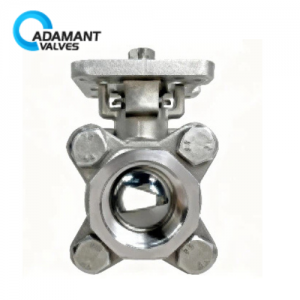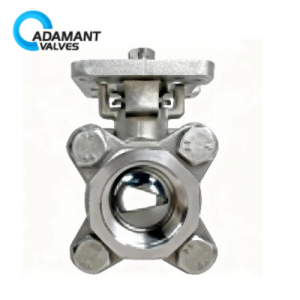RFID Tags Ensure Food Quality and Sanitation

In the food industry, nothing is more important than sanitation and safety. To ensure this, manufacturers should use qualified equipment, including pipelines, sanitary valves, sanitary fittings, pumps, etc., follow the Good Manufacturing Practices and other relative regulations for food safety. However, qualified manufacturing is not all. It is equally important a proper handling and transport, which has long been a big challenge for the food supply. In many cases, even safely transported goods were not delivered in optimal quality due to improper refrigeration and storage. In recent years, the US government agencies have put even more emphasis on this challenge. In the past two years, there were massive recalls by the Food and Drug Administration, resulting in approximately 85 foods being pulled from store shelves.
Deteriorated foods, if known, have to be abandoned, which will cause an unimaginable waste. According to the U.S. Environmental Protection Agency, consumers in the United States waste every year 33 million tons of food, which has significant economic and environmental impacts. There is also the significant impact on revenue for the food producers.
Under the great pressure of stiff competition and ever-shrinking margins, manufacturers, distributors, and retailers are looking for ways to maximize efficiencies, minimize costs and avoid waste. And with increased government regulation, it is clear that the industry must closely monitor and ensure high quality of supply chain conditions for food.
Currently, Food manufacturers and distributors adopt radio frequency identification (RFID) tags with sensors to ensure the proper handling and transport. RFID tags are made up of small radio frequency units, comprised of a simple silicon microchip, that send signals to readers, which are also small RF units. The tags’ information is stored electronically in non-volatile memory relying on an Electronic Product Code (EPC) to track the physical location of the tagged items. The tags can be active (with a battery), passive (no battery, drawing power from the reader) or a combination of the two (battery assisted passive).
Tags don’t need to be within the readers’ line of sight, so they can be located inside a case, carton or container. As products travel through a supply chain, the readers can transmit information to systems running RFID software to collect and distribute information in real time to a database for analysis.
These sensor-paired ‘smart tags’ will send alerts when food is exposed to unfavorable conditions during transport. In some cases, trucks are outfitted with GPS receivers and satellite communications links so that shipping companies can monitor their locations and send trucks to closer locations for deliveries if necessary.




